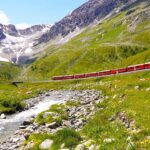Morcote, one of the most beautiful villages in Switzerland!
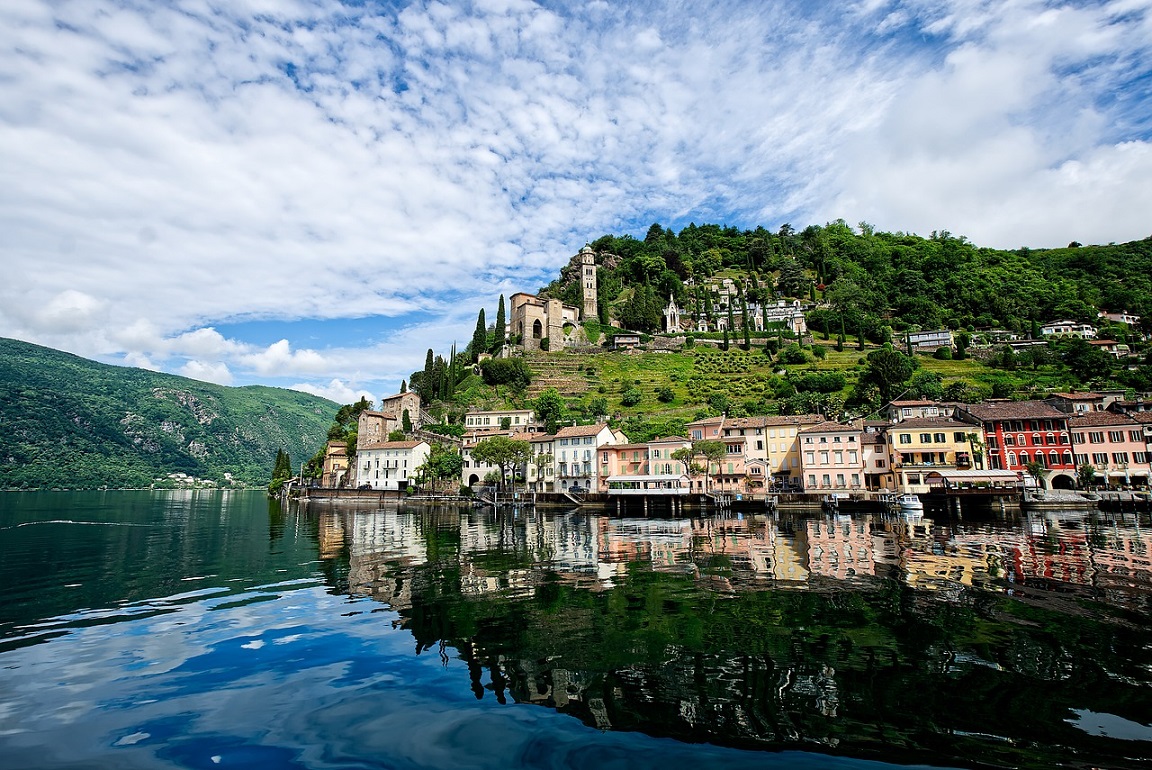
Morcote is a small village situated on the shore of Lake Lugano in the Italian region known as Ticino, and is undoubtedly one of the most frequently photographed places in Switzerland. In a country brimming with storybook castles, charming villages, and awe-inspiring vistas, selecting the most picturesque one can be quite challenging. But it was not without just cause that picturesque Morcote was voted Switzerland’s most beautiful village in 2016.
The Origin of Morcote: A Name Rooted in History
The name Morcote is derived from the protolatin term MORA which indicates a stony area and CAPUT which stands for head or end. MORAE CAPUT therefore means end of the mountain or rock, tip of the peninsula.
Morcote: From Flourishing Harbor to Serene Village
Morcote is an ancient fishing village that impresses with its charm and natural beauty. Visitors to the serene village of Morcote may find it hard to imagine that Morcote was once opon a time the largest harbor at Lake Lugano and an important reloading point for goods for the Milanese dukes during the Middle Ages. Until 1847, the year in which the dam of Melide was built, Morcote was a flourishing commercial site and there were intense exchanges of goods, being also the largest port of Ceresio. Large barges and rafts shuttled between Morcote and Porto Morcote to transport passengers and goods, being in fact the fastest way to reach Varese, Como and Milan.

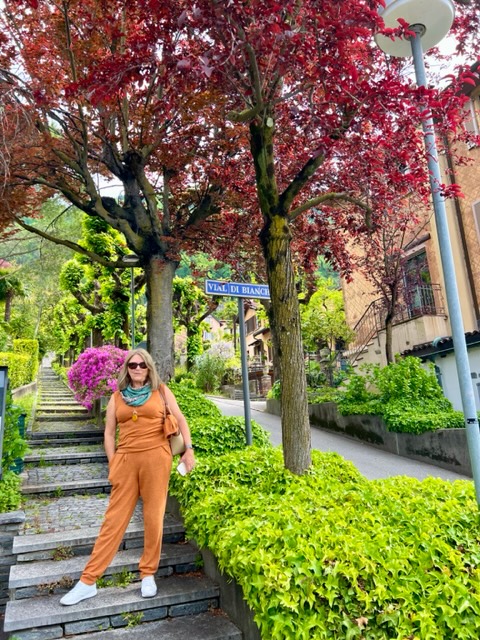

Together with the village of Gandria, it is one of the best excursions from Lugano. If you have time and want to explore more of Italian Switzerland, Lugano is an excellent base for your stay and to visit Morcote
Morcote’s Mediterranean Flora: A Scenic Blend of Nature and Beauty
In Morcote, the predominant vegetation is typical of a Mediterranean area. The landscape features lush green hills, olive trees, and cypress trees. It is also home to plants that thrive in the region’s milder, sunnier climate. The slopes near Lake Lugano are covered with abundant vegetation. This includes a variety of trees, shrubs, and flowers that enhance the scenery.
Additionally, the well-maintained gardens and parks in the village of Morcote contribute to the natural beauty of the area.
Morcote Wisteria Purple
Morcote Wisteria Purple charms visitors, beckoning them to linger beneath the cozy porticos and soak in the romantic atmosphere of this former fishing village. The wisteria, famous for its stunning flowers—long, cascading clusters in shades of blue or purple—blooms in the spring, once the tree matures.

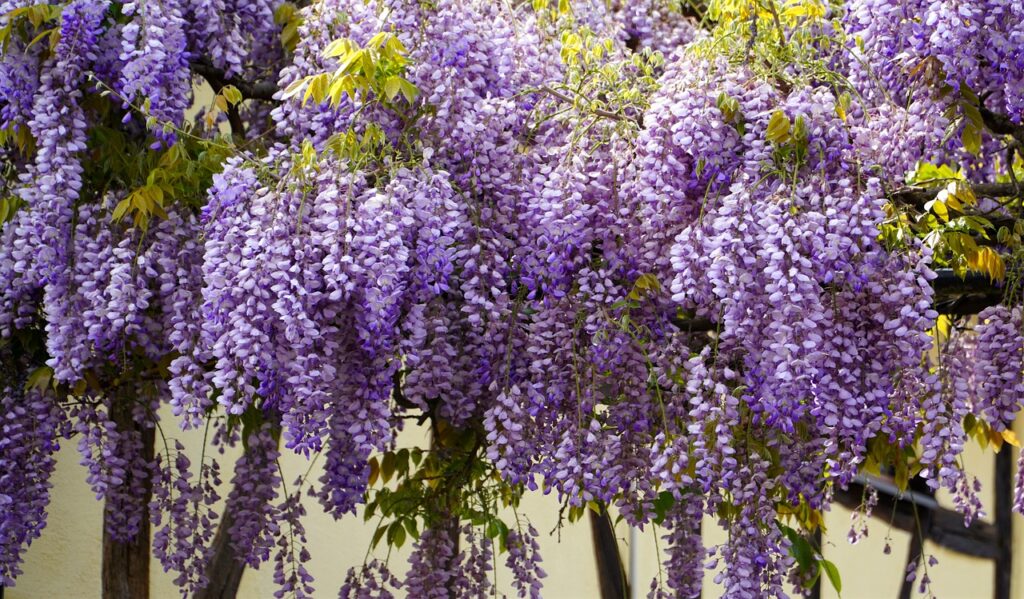
Where is it located and how to get there
The village of Morcote is located between the lake and the mountains, a little over 12 kilometers from Lugano on the lake’s shore. You can reach it by boat, car, or public transportation. In my opinion, arriving by boat is the best way to reach Morcote. The boat arrival is special and allows us to see the village approaching little by little. Moreover, this boat trip from the city of Lugano is beautiful and passes by another lovely village on the shores of Lake Lugano: Gandria. The boat journey from Lugano to Morcote takes about 1 hour and 15 minutes. Check the SBB website or app for schedules. During the summer, there are more frequent departures, but they may be reduced during other seasons.
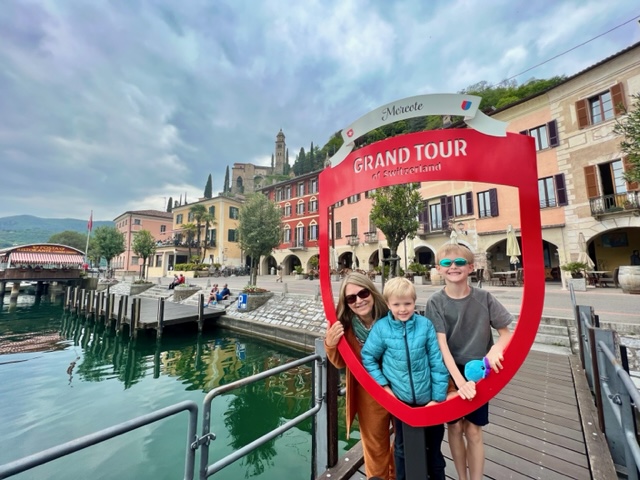

By public transportation
It is also possible to reach Morcote from Lugano by bus or train and bus. Combining the train with the bus is the fastest way, taking about 30 minutes. However, the schedules are not as frequent, especially on weekends. Plan well before heading out for the excursion.
By car
For those arriving by car, there is available parking, and the journey takes a little over 20 minutes. There are parking spaces that accept coins, as well as a garage with around 300 spots, where card payments are also accepted.
What to see and do in Morcote during your visit
A walk through Morcote is a delightful way to explore this small village.
The village of Morcote can be divided into three main parts. The lakeside area features the historic center, harbor, and local commerce, including hotels, restaurants, and cafes. The upper part of the village, located on a hill, is home to a pilgrimage route and shrines. This area also boasts religious symbols, along with various medieval-style passages and alleys.
Plan your day to arrive early in Morcote. Despite being a small village, it takes time to explore. This is especially true when going up to the upper part of the village. You may also visit Parco Scherrer, a place where you can spend hours.
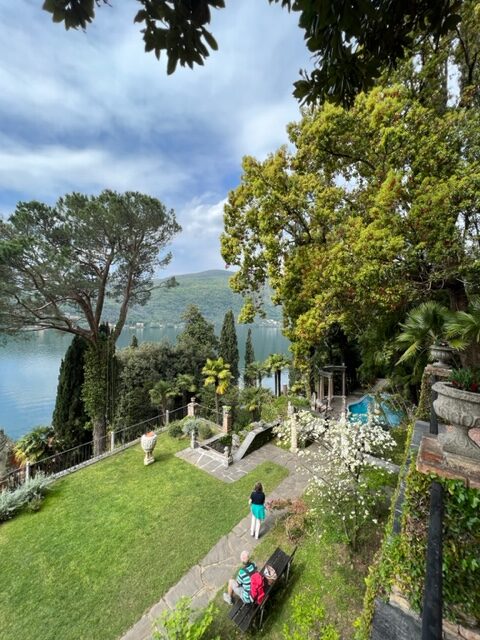


Morcote by the Lakeside
The walk starts from Morcote’s harbor along an area with several restaurants, some of them floating on the lake. Then it continues towards the village center. The center of Morcote consists of a row of simple and noble buildings on the shores of Lake Lugano. There are several covered passages in the shape of arches with pillars, one of the village’s characteristics, where you can find restaurants


What language is spoken in Morcote, Switzerland?
As Morcote is situated in the Italian-speaking canton of Ticino, the majority of its residents speak Italian, accounting for approximately 65%. However, being in Switzerland, Italian is not the sole language spoken in Morcote. Around 20% of the locals speak German, and 5% speak French.
Morcote’s coat of arms
Morcote’s coat of arms is green and red, the colours of hope and courage. The green lower half features a sow with numerous suckling piglets, symbolizing abundance and fertility. This emblem originated with the Antonian monks of Vienne, who settled in Morcote during the Middle Ages. The red upper section depicts a shepherdess seated on a pile of wheat sheaves in a flower-filled meadow. This image symbolizes the municipal freedom gained by the people of Morcote from the chief magistrate and the castellan.
If you’re seeking private tours, be sure to check out the options available on our website at Swiss Xplorer!

